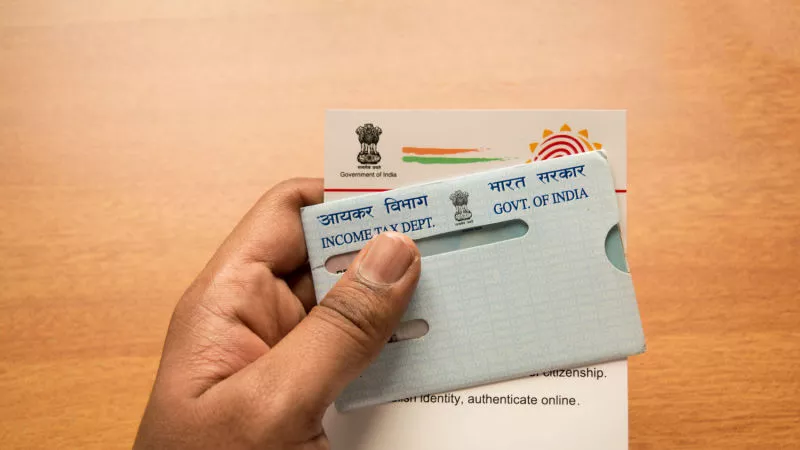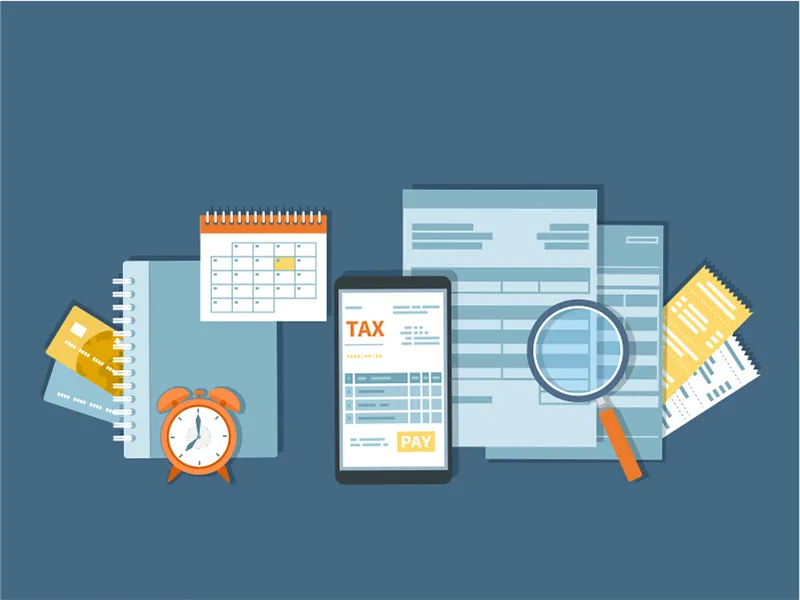
Introduction
One of the many hassles in filing income tax returns is knowing the correct ITR form based on the type of taxpayer and the nature of their income. Each year multiple taxpayers have to take the help of professionals to simply solve this issue along with the complexities of filing the ITR. The CBDT has long been in discussions to resolve this problem and come out with a single-point ITR that can meet all the requirements of all types of taxpayers and different income sources. CBDT has issued a draft proposal for the common ITR Form. Given below are the details of the same.
Read More: Benefits of filing ITR even if you don’t fall under taxable slab
What is the common ITR Form?
CBDT (Central Board of Direct Taxes) has brought many changes time and again in the framework for filing ITR to make the process seamless and hassle-free for taxpayers. The issue of multiple ITRs has long been contested by taxpayers and to resolve the same.
CBDT has proposed to have a common ITR that will aim to replace ITR 1 to ITR 6. ITR 7 will remain untouched for the time being. The common form will be in effect from Financial Year 2023-24 onwards and will be available online. Taxpayers can, however, choose to file ITR 1 and ITR 4 if it is relevant to them as per the traditional manner. Taxpayers who have to file ITR 2 and ITR 3 have to mandatorily file the common ITR as per the directions of CBDT.
How will the Common ITR Form work?
The current structure of tax filing requires taxpayers to start by correctly knowing the relevant ITR to be filed based on their residential status as well as their type of income. Following this, they have to login into their account on the tax filing portal and fill such ITR for the relevant assessment year based on the available schedules. This involves a lot of complexities due to which many taxpayers have the view to take the help of tax professionals to file their tax returns effectively.
The Department had recently introduced the concept of interlinking taxpayer data in the form of AIS (Annual Information statement) which was an extension of Form 26AS. This interlinking of taxpayer data ensures transparency of income at the same time reduces the hassles of tax filing for taxpayers as most of the data is prefilled in accordance with Form 26 and AIS. However, this does not eliminate the core hassle of selecting the right ITR.
The common ITR form will meet this need by being a single point for taxpayers instead of selecting the correct one between ITR 1 to ITR 6. Currently, the ITRs to be replaced are available online as well as offline. However, the new common ITR will be available only online.
The revised ITR will also have most of the relevant details prefilled through Form 26AS and AIS. Moreover, it will be in the form of questionnaires that the taxpayers will have to answer. Based on their answers, they will be shown relevant schedules to be filled. In the current system, taxpayers are required to go through all the schedules in filing their tax returns. The department has also mentioned that any line or query in a schedule will be repeated only if necessary. This will save the taxpayers from the unnecessary hassle of filling in the details more than once.
Taxpayers will also be required to provide certain information for the common ITR form which includes,
- Basic Information (comprising sections A to E)
- Schedule for Calculation of Total Income (Schedule TI)
- Schedule for Calculation of Tax (Schedule TTI)
- Details of Bank Accounts
- Schedule for Tax Payments (Schedule TXP)
New IT forms notified by CBDT for AY 2023-24 for simpler filing
To ensure smooth income tax return filing process for taxpayers, the CBDT (The Central Board of Direct Taxes) has notified ITR forms for the assessment year 2023-24. These have come into effect from the new financial year, i.e., April 1, 2023. This move will enable returns filing from the start of the new financial year.
CBDT has further notified that there are no significant changes to the ITR forms as compared to previous year and only the bare minimum changes necessitated due to amendments in the Income-tax Act, 1961 have been made.
Is the new common ITR beneficial for the taxpayers?
The idea behind bringing the new system of filing common ITR is quite impressive as it will resolve the issues of millions of taxpayers. However, many taxpayers have constant complaints from the Income Tax Department that they keep changing the Income Tax filing rules quite frequently, and keeping track of all the latest rules becomes quite cumbersome. Similarly, along these lines, the proposed new development from the department will also warrant further changes to the portal. Some experts also believe that the new changes will increase the chartered accountants’ cost for the taxpayers further adding to their burdens.
CBDT had also requested feedback regarding the proposed common ITR from all the stakeholders. These responses can be submitted through email to dirtpl4@nic.in and dirtpl1@nic.in.
Conclusion
The common ITR form is aimed at reducing the efforts of taxpayers and streamlining the income tax return filing process. The intention of the initiative is, therefore, well thought out. It is assumed to be a good step towards encouraging tax filing and thereby increasing the participation of more taxpayers in the tax structure of the country.


























